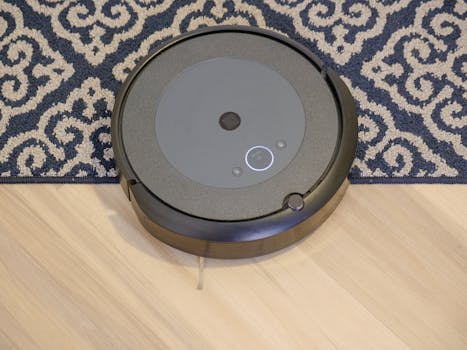
Smart Homes and Smart Living: The Technological Transformation of European Homes by 2025
Smart Homes and Smart Living is revolutionizing the way we live in our homes. With the increasing demand for smart technology, European homes are becoming more efficient, convenient, and sustainable. By 2025, it is expected that the smart home market will have grown significantly, with more homes incorporating smart devices and systems into their daily lives.
Introduction to Smart Homes
A smart home is a residence that has been equipped with advanced technology to provide a more comfortable, convenient, and secure living space. This technology can include devices such as thermostats, lighting systems, security cameras, and home assistants, which can be controlled remotely through a smartphone or voice commands. The goal of smart home technology is to make life easier and more enjoyable for the occupants, while also providing a more sustainable and energy-efficient living space.
Benefits of Smart Homes
There are many benefits to having a smart home, including increased convenience, improved security, and enhanced energy efficiency. With smart home technology, homeowners can control their devices and systems remotely, making it easier to manage their home and daily lives. Smart homes can also provide a more comfortable living space, with features such as temperature control and lighting systems that can be adjusted to meet the needs of the occupants.
European Smart Home Market
The European smart home market is expected to experience significant growth in the coming years, with more homes incorporating smart devices and systems into their daily lives. This growth is driven by the increasing demand for smart technology, as well as the need for more energy-efficient and sustainable living spaces. By 2025, it is expected that the European smart home market will have grown to over $20 billion, with more than 50% of households having at least one smart device.
Technological Transformation of European Homes
The technological transformation of European homes is being driven by the integration of smart technology, including devices such as thermostats, lighting systems, security cameras, and home assistants. This technology is providing a more efficient, convenient, and sustainable living space, with features such as remote control, voice commands, and energy monitoring. The use of smart home technology is also providing a range of benefits, including increased convenience, improved security, and enhanced energy efficiency.
Future of Smart Homes
The future of smart homes is expected to be shaped by the increasing demand for smart technology, as well as the need for more energy-efficient and sustainable living spaces. By 2025, it is expected that smart homes will have become the norm, with more than 70% of households having at least one smart device. The use of smart home technology will also continue to evolve, with new features and devices being developed to provide a more comfortable, convenient, and secure living space.





